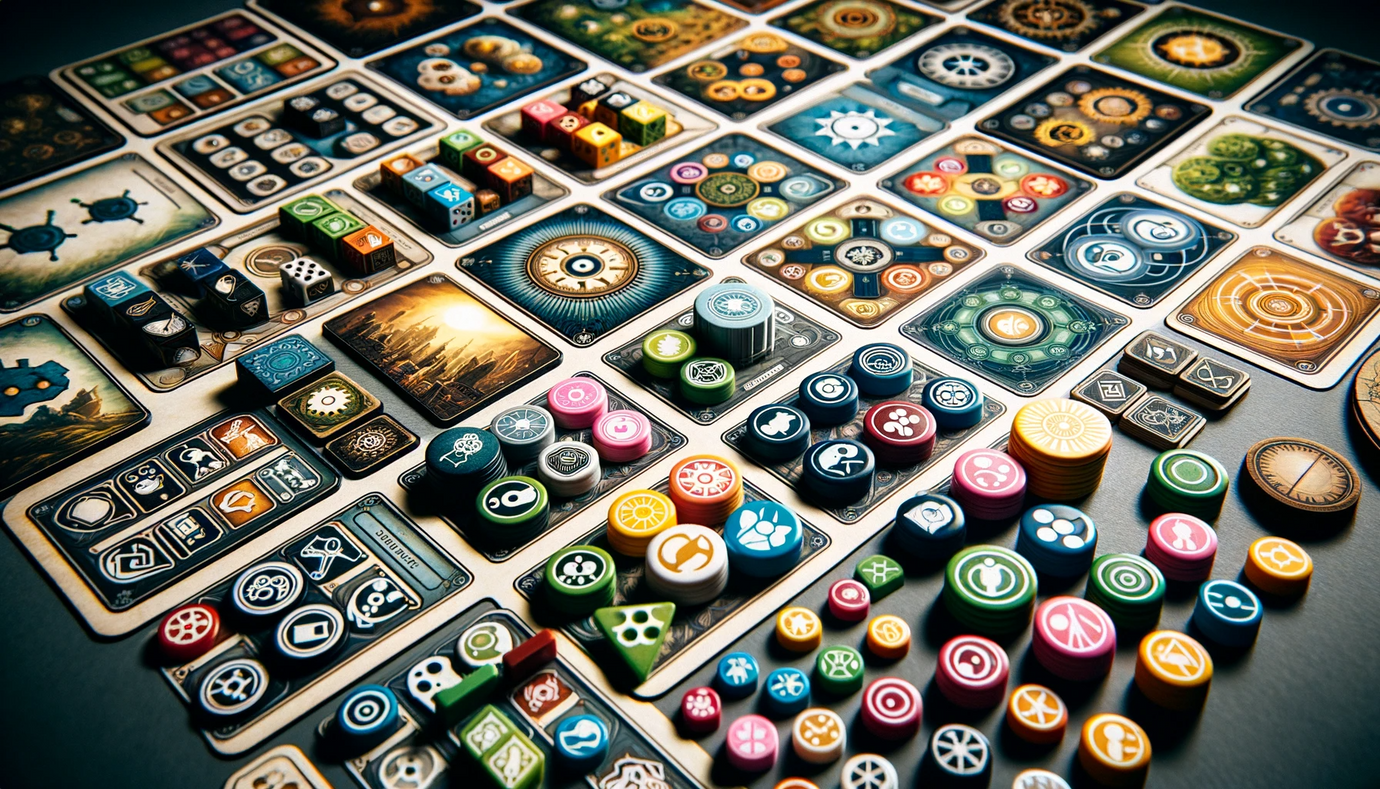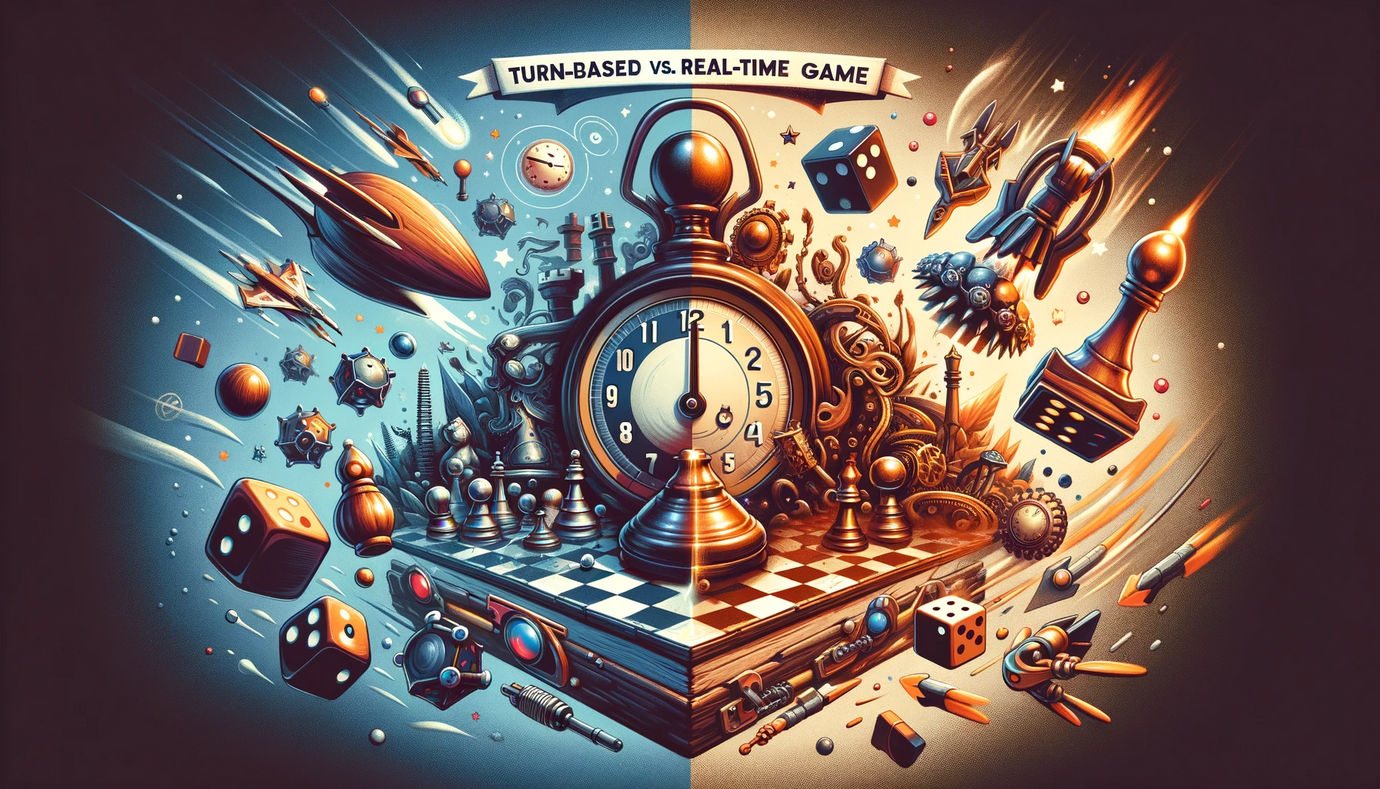Evolving Game Mechanics for Replayability

Introduction
Creating a game that players want to return to time and again is a key goal in game design. Evolving game mechanics play a crucial role in achieving this, as they can provide fresh experiences in each playthrough. This blog post will delve into strategies for designing evolving game mechanics that enhance replayability, keeping your game engaging and exciting over multiple sessions.
Understanding Evolving Game Mechanics
Evolving game mechanics are elements that change, adapt, or progress either within a single game session or over multiple plays. These mechanics can include changing game rules, variable player powers, modular game boards, or narrative elements that develop with each play.
1. Developing Variable Game Setups
Modular Boards: Use modular boards that can be rearranged or expanded, offering a different layout and experience each time.
Randomized Setup: Implement randomized elements in game setup, such as resource placement, objectives, or starting conditions, to ensure no two games are the same.
2. Incorporating Dynamic Game Rules
Progressive Rules: Design rules that change or evolve as the game progresses. This could involve unlocking new abilities or facing increased challenges.
Adaptive Mechanics: Create mechanics that adapt based on player actions or decisions, encouraging players to try different strategies in each game.
3. Utilizing Narrative and Campaign Elements
Story-Driven Gameplay: Integrate a narrative that develops over the course of the game or across multiple games. This can add depth and context to the evolving mechanics.
Legacy Elements: Consider incorporating legacy elements, where players' decisions in one game affect the setup or rules in subsequent plays.
4. Designing for Player Choices and Consequences
Meaningful Choices: Offer players choices that have significant and lasting impacts. This can create a sense of agency and investment in the game.
Consequential Decisions: Ensure that decisions made by players during the game have visible consequences, affecting future options and strategies.
5. Balancing Flexibility and Structure
Flexible Game Play: While allowing for evolution and change, maintain a structured core gameplay to avoid confusion and maintain balance.
Guided Evolution: Provide a guided path of evolution, so players have a sense of direction and purpose, even as the game changes.
6. Implementing Variable Player Powers and Abilities
Asymmetrical Abilities: Give players different abilities or roles that can change or develop throughout the game.
Progression Systems: Include progression systems where players can upgrade or evolve their abilities, adding a layer of strategic depth.
7. Enhancing Replayability through Challenges and Achievements
Scalable Challenges: Design challenges that can be scaled or varied to suit different play sessions and player skill levels.
Achievements and Milestones: Introduce achievements or milestones that players can strive to accomplish, adding goals beyond just winning the game.
8. Playtesting for Evolving Mechanics
Extensive Playtesting: Thoroughly playtest the evolving elements to ensure they contribute positively to the game’s replayability and balance.
Feedback on Evolution: Seek specific feedback on the evolving aspects. Are they engaging? Do they encourage players to replay the game?
9. Communicating the Evolving Nature to Players
Clear Explanation: Ensure that the evolving nature of the game is clearly communicated to players, both in marketing and in-game instructions.
Managing Expectations: Help players understand the benefits and appeal of evolving mechanics, setting the right expectations for the game experience.
10. Finalizing and Refining Evolving Elements
Polishing Game Mechanics: Refine and polish the evolving mechanics based on playtesting feedback, ensuring they are smooth, engaging, and well-integrated.
Consistency and Cohesion: Review the game to ensure that all evolving elements are consistent and cohesive with the overall game design and theme.
Evolving game mechanics are a powerful tool in creating a game that remains fresh and exciting over multiple plays. By carefully designing variable setups, dynamic rules, narrative elements, and player-driven evolution, you can craft a game that offers new challenges and experiences in each session. Remember, the key to replayability lies in keeping players curious, engaged, and eager to discover what’s different each time they play your game.







